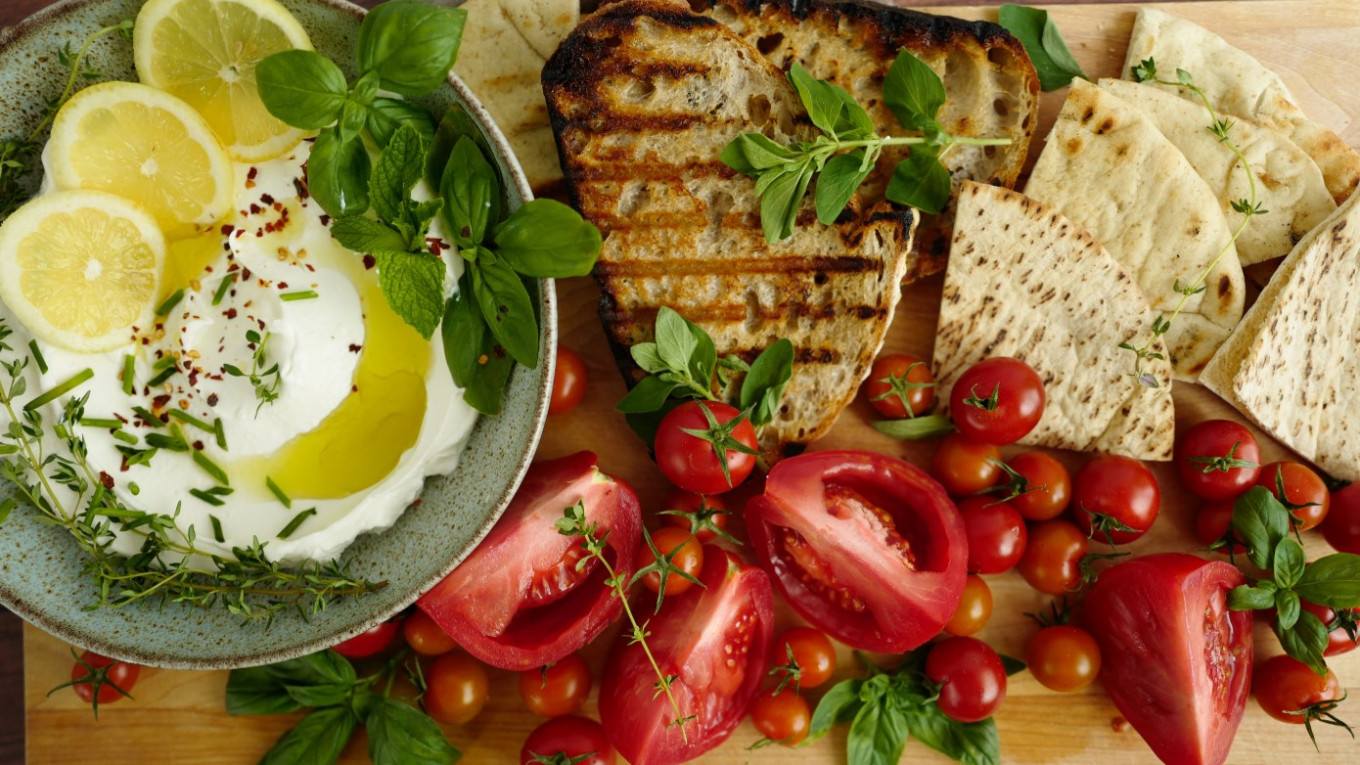I like to think of myself as an egalitarian, but when it comes to tomatoes, I am the worst kind of elitist: an unapologetic raging tomato snob. I don’t care who I offend — I will pick a hapless, pulpy, under-ripe, hothouse forced tomato out of every single dish I encounter with a curled lip and a long sigh, and vocal protests to anyone who cares to listen. I refuse to consume tomatoes unless they are firmly in season and at the peak of their ripeness. And in that happy period of the rolling year, all other produce fades into the background, as I consume tomatoes with every meal, and often between them. Sometimes, I stand at the kitchen sink, cut open a perfectly ripe tomato, sprinkle the best quality sea salt over its exposed flesh and simply eat it right there.
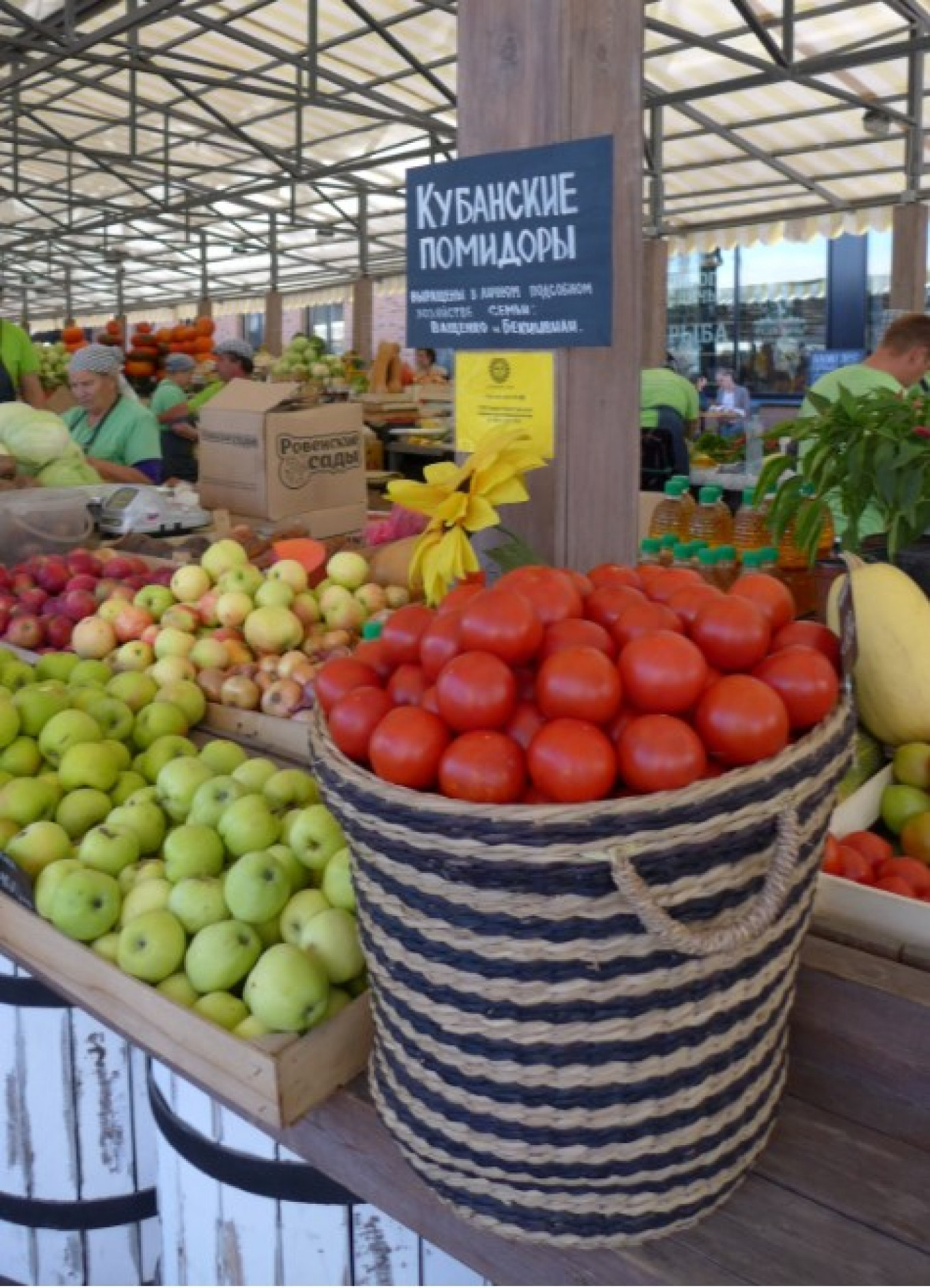
Russia’s luscious tomatoes are justifiably famous — certainly in a league with their Mediterranean cousins for both taste, texture and that very specific deep red color with a lot of blue in it that just screams “tomato.” Russian tomatoes are plump and firm, and absolutely bursting with juice. The best hail from the balmier Southern regions of Russia, and the not-so-gentle rivalry between places such as Kuban, Rostov-on-Don, and Krasnodar plays out amidst the stalls of Moscow’s farmers’ markets. Market vendors act proxy for their regions, golden teeth flashing as they declaim the superiority of “their” region’s fruit. I can never walk past a vendor proffering me a just-cut slice of a fresh Kuban tomato, and thus am often lured into the orbit of three or even four merchants.
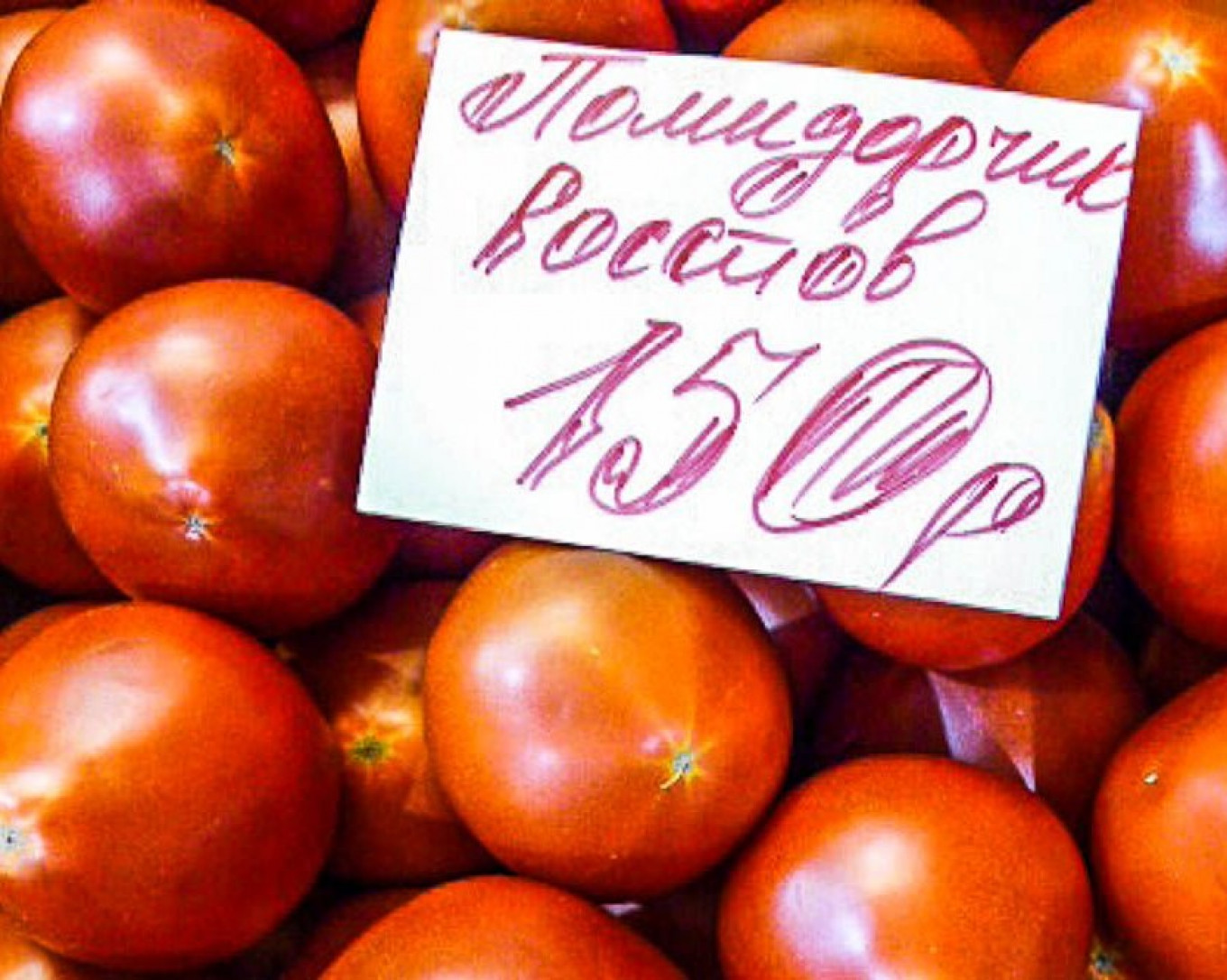
I insist on selecting each tomato myself, balancing one and then the other in the palm of my hand, sniffing to catch that elusive hint of sweetness amidst the dusky, earthy odors that still linger on a vine-ripened tomato. The market vendors feign outrage that I don’t trust them, but we all know that this is part of an elaborate and well-rehearsed pantomime. Once I’ve made my selection, I keep a vigilant eye on the vendors as they pack the selected tomatoes into my shopping bag as carefully and lovingly as they might heirloom china. And after that, only two stops remain: to my Azeri herb salesmen for some elusive green basil (never easy in this land flowing with purple basil) and to Nadezhda the dairymaid for a kilo of fresh bryndza, Eastern Europe’s tangy, salty brined sheep cheese similar to feta.
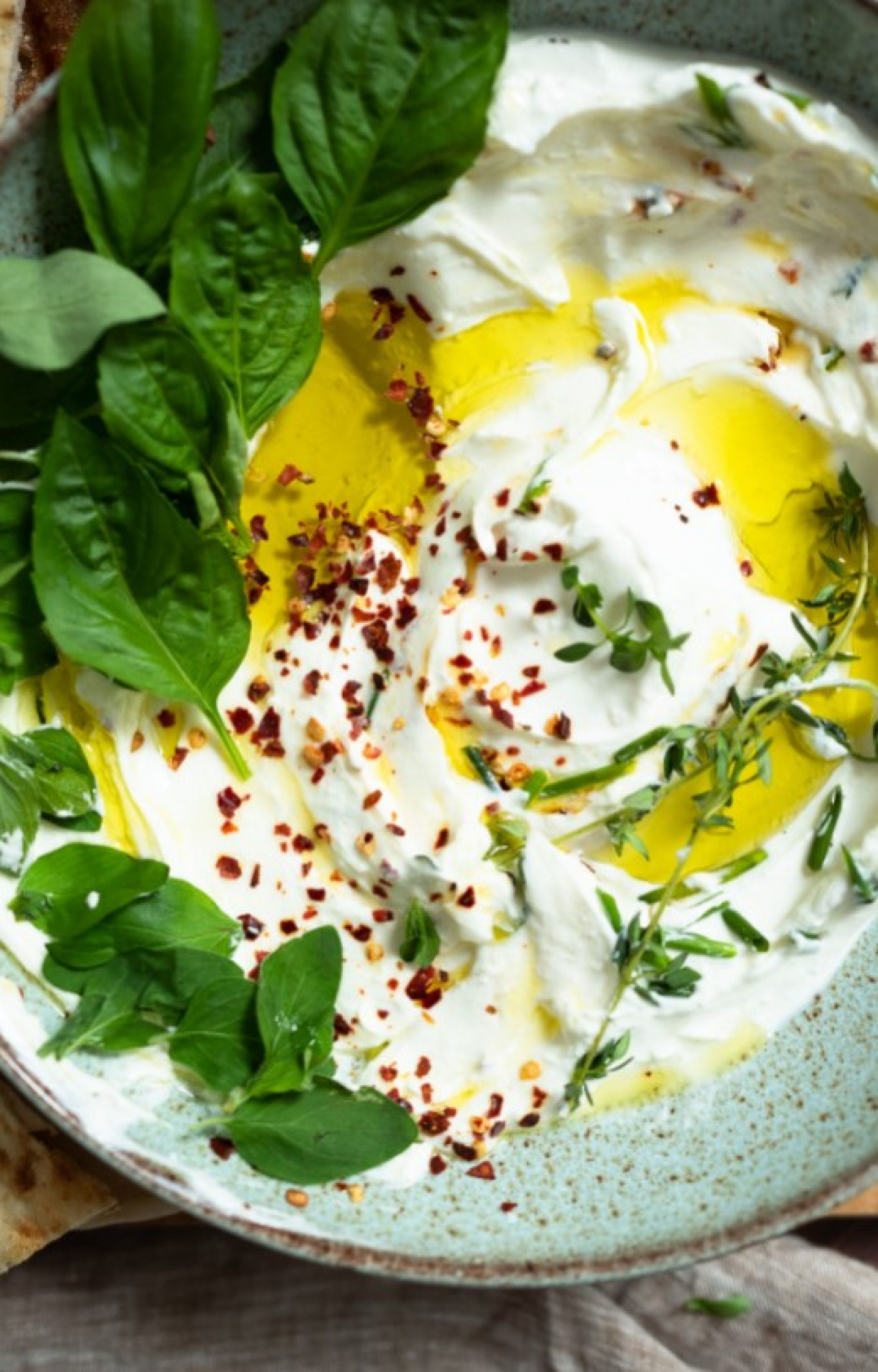
Almost every country in Eastern Europe with pastoral land has a bryndza: in Hungary it is known as juhturo; in Serbia brenca, Romanians call it brânză, which is the general name for “cheese,” indicating how very popular it is in that country.
Tomatoes, herbs and bryndza are made for one another, and summer is the best period to enjoy their union. There are lots of ways to marry these three: tossed with pasta and a little of its starchy water, mixed up with bread cubes and onions, or just slathered on grilled bread. But my favorite thing in summer is to make a big bowl of whipped bryndza and set it out with a platter of perfectly ripe, sliced tomatoes drizzled with olive oil with green basil or oregano scattered on the surface. Add some bread and for me, that’s dinner. And lunch. And, really, breakfast as well.
Whipped bryndza works in all seasons, but I reach for it instinctively in summer, when it goes with everything from grilled meat to fresh stone fruit. I find it is a useful houseguest gift now that we are starting to tentatively go to other people’s homes again: it looks lovely in an ornamental jar and always gets rave reviews. You can spice it up with all kinds of additions (see recipe below for some of my favorites) or leave it plain, with just a drizzle of olive oil and some fresh herbs from your garden or market. Bryndza’s dominant notes of tangy and salty are tamed with a bit of cream cheese and yogurt for a creamy texture that is easy to spread. I like to add lemon zest and juice for an additional flavor layer. The finished product pairs perfectly with the dusky umami of perfectly ripe tomatoes, accented by top notes of basil, mint, and oregano. Add some grilled bread, and a bottle of wine and that’s the meal plan until September.
Enjoy.
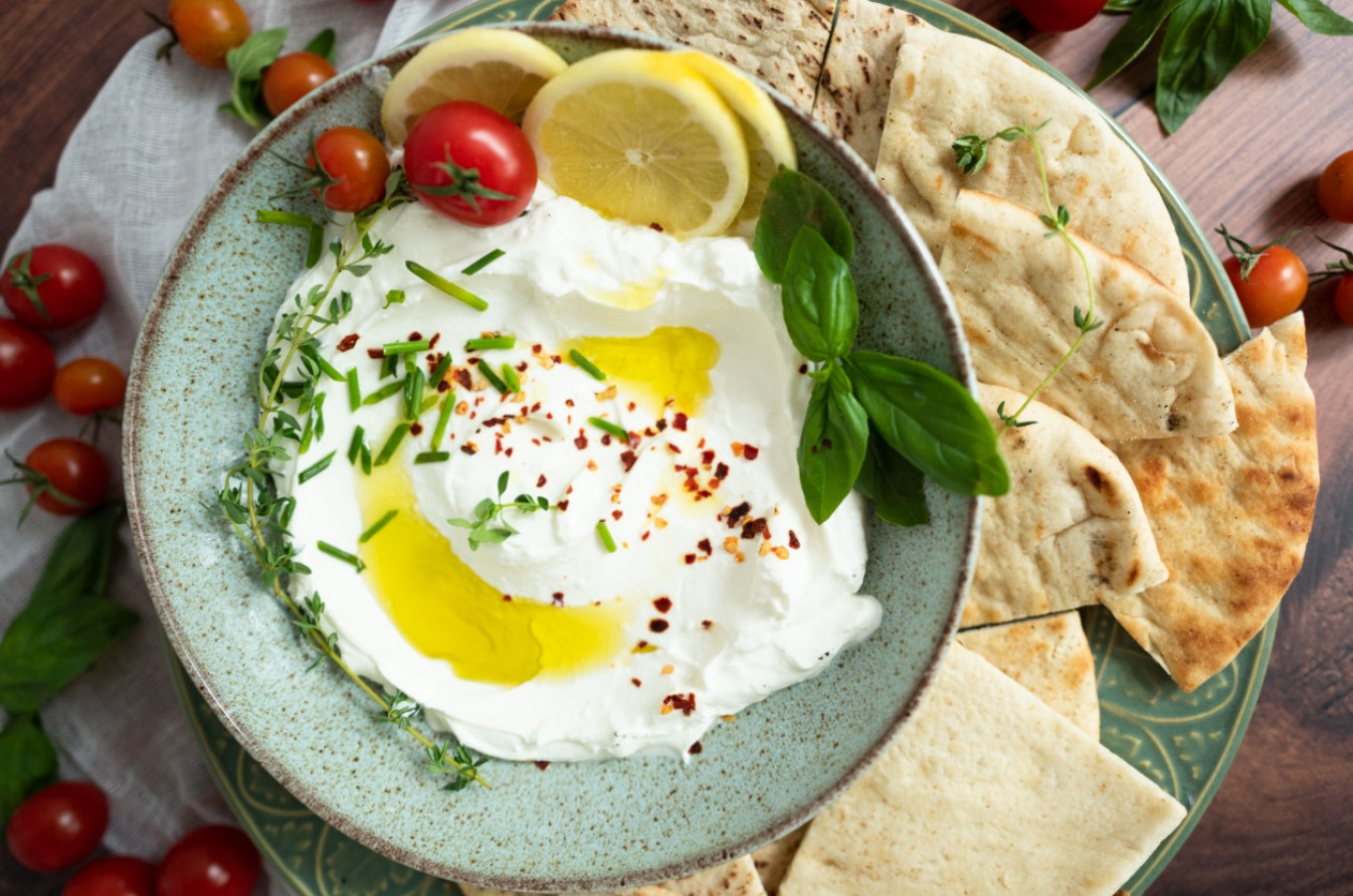
Whipped Bryndza
Ingredients
- 300 grams best quality bryndza cheese (or feta)
- 100 grams cream cheese
- ⅓ cup Greek yogurt
- ¼ cup olive oil plus more for drizzling
- 2 Tbsp lemon zest
- 3 Tbsp lemon juice
Optional Garnishes
- Fresh herbs such as mint, oregano, thyme, basil, chives, scallions
- Aleppo or Urfa Pepper
- Sumac
- Za’atar
- Georgian svanski salt
- Cracked coriander seed
Possible Pairings
Roasted vegetables such as peppers, zucchini, eggplant, and squash; grilled flatbread, raw crudités, crackers, chips, or fresh bread.
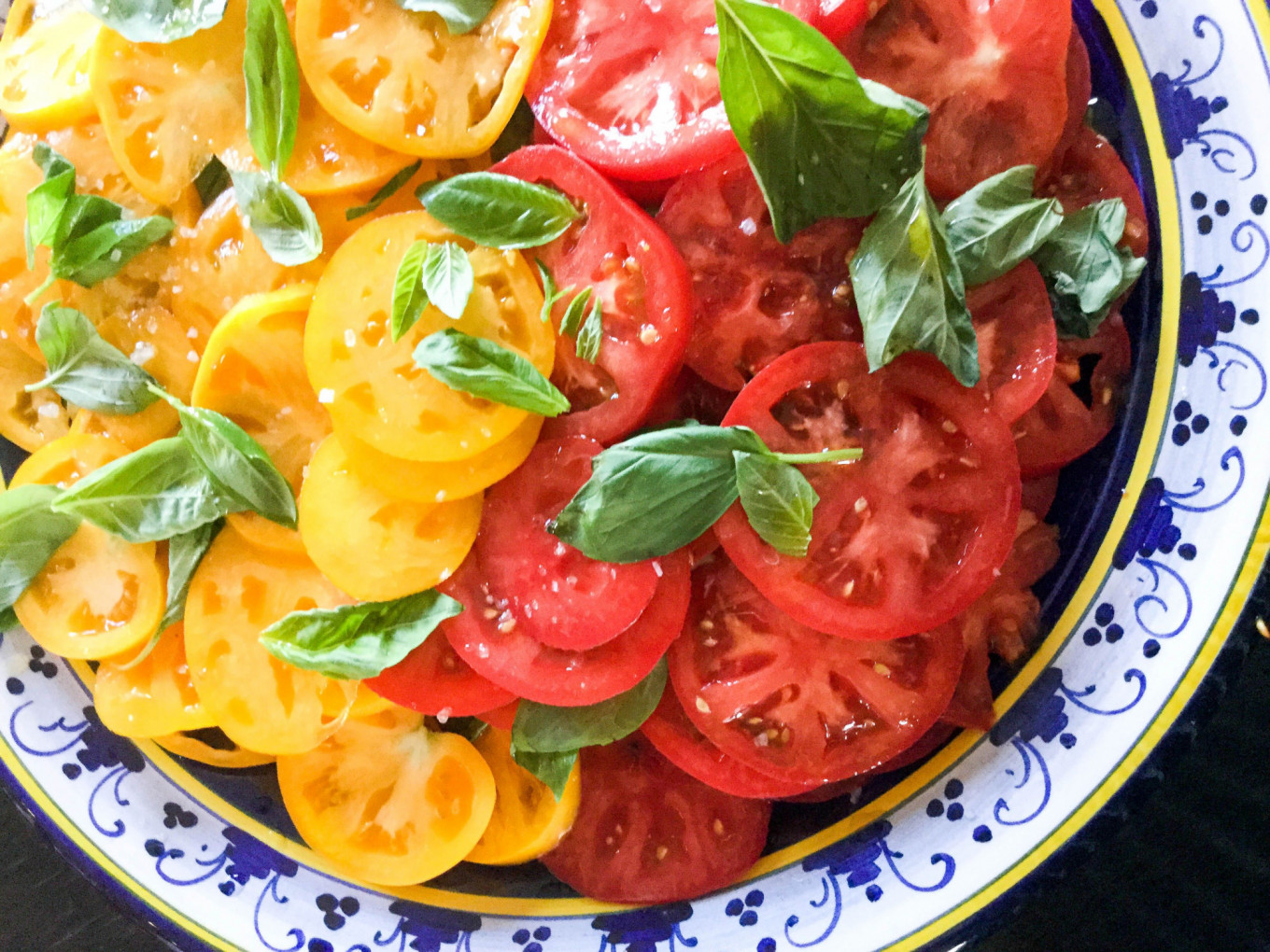
Instructions
- Break the bryndza up into smaller pieces and place them in a food processor fitted with a steel blade. Whip the bryndza until the texture is like a paste.
- Add the cream cheese and yogurt and whip the mixture until smooth. Add the lemon juice and lemon zest and pulse to combine. If your food processor has a drip funnel, add the olive oil to that and whip until combined. If not, pour the olive oil in a slow and steady stream into the processor.
- Put the whipped bryndza in a clean, non-reactive container with a lid and chill for 2 hours before serving. Drizzle with a bit of olive oil just before serving.
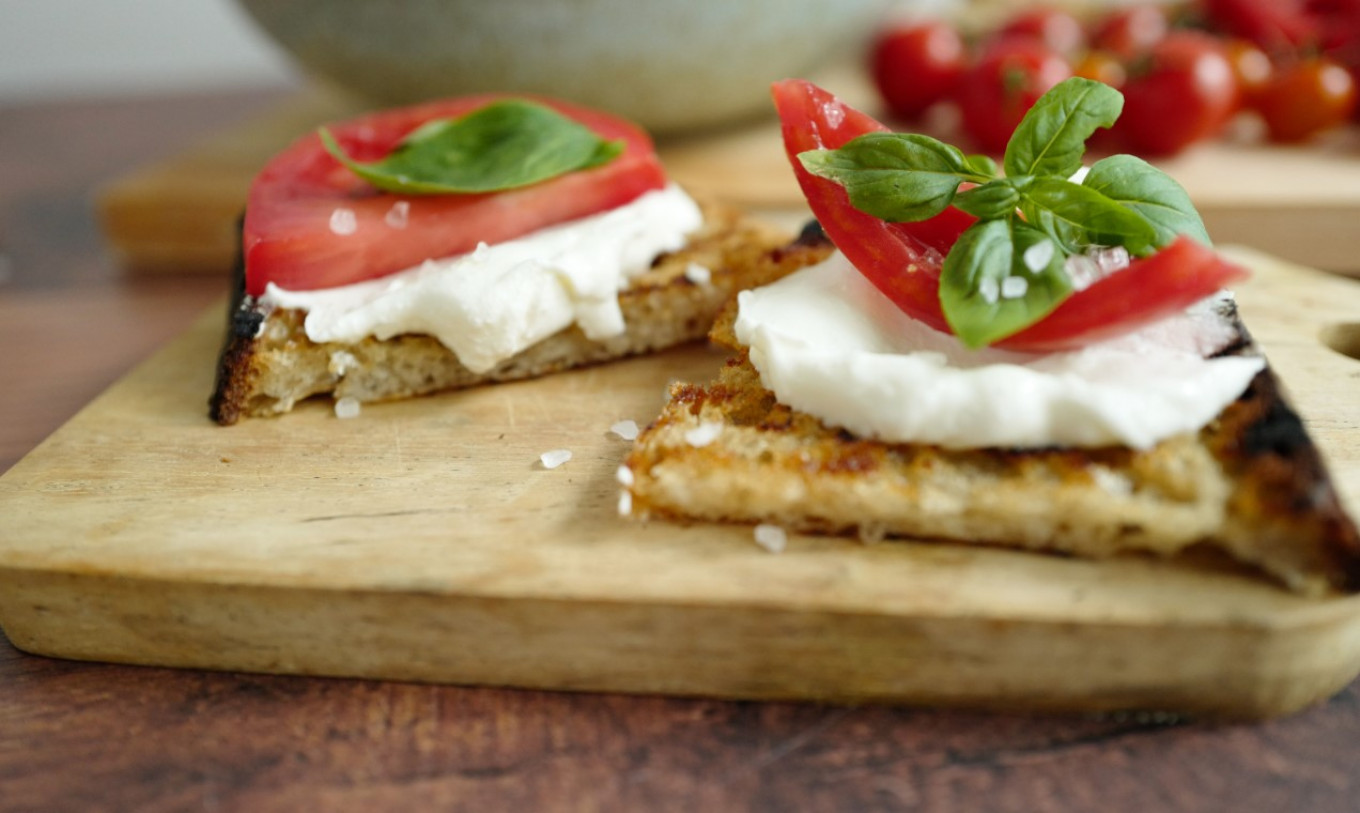
A Message from The Moscow Times:
Dear readers,
We are facing unprecedented challenges. Russia's Prosecutor General's Office has designated The Moscow Times as an "undesirable" organization, criminalizing our work and putting our staff at risk of prosecution. This follows our earlier unjust labeling as a "foreign agent."
These actions are direct attempts to silence independent journalism in Russia. The authorities claim our work "discredits the decisions of the Russian leadership." We see things differently: we strive to provide accurate, unbiased reporting on Russia.
We, the journalists of The Moscow Times, refuse to be silenced. But to continue our work, we need your help.
Your support, no matter how small, makes a world of difference. If you can, please support us monthly starting from just $2. It's quick to set up, and every contribution makes a significant impact.
By supporting The Moscow Times, you're defending open, independent journalism in the face of repression. Thank you for standing with us.
Remind me later.



